The differences in Japanese and Western cuisine are not only present in taste and style, but in how you cook them too. Ingredients and recipes can sometimes appear unusual, but where you can really notice the difference is in the utensils used. A Japanese kitchen can look very different to the standard westernised kitchen.
If you are planning on making your kitchen more ‘Japanese-friendly’, here’s your A-Z guide to the Japanese utensils you’ll need.
Bamboo mat
If you’re hoping to make sushi in your kitchen, you’ll definitely need a bamboo mat, which works perfectly at shaping soft ingredients into rolls.
Bento Box
In the West, Bento is known as a dish, but in Japan it literally means take-out meal. Bento boxes are typically used to transport lunch on a picnic and offer individual compartments to keep food separate.
Bonito shaver
To enjoy the best tasting dashi, avoid buying pre-shaved bonito flakes (dried, fermented and smoked fish). Instead, try shaving your own using a bonito shaver.
Chopsticks
There are several kinds of chopsticks that are useful to have when creating a Japanese-friendly kitchen. Cooking chopsticks (saibashi) are twice as long as eating chopsticks, designed to protect one’s hand from high heat. More often than not, they’re tied at one end so they can be hung when not in use. Dining chopsticks (hashi) should be smooth, sturdy and easy to care for.
Chopstick holder (hashoiki)
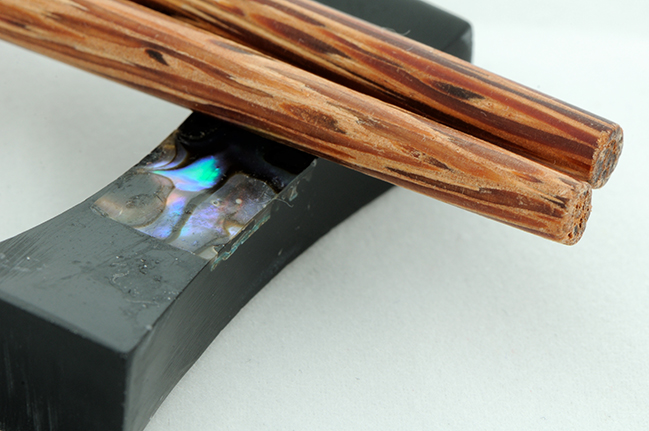
It’s Japanese etiquette that chopsticks are not left on the table following a meal, just as it is Western custom not to leave the knife and fork on the table. This little mini table keeps the chopsticks off the dining table.
Cutting board
Because most foods need to be cut into bite-sized pieces, a good cutting board is essential. Willow is a chef’s favoured choice of wood, but it does come at a high cost.
Earthenware casserole
This hot-pot dish can be used directly on a flame and is a must when having a nabe party in winter. Nabe parties are when guests come together to cook varying ingredients in the one pot. Cooked at the table, diners can eat what they want.
To use your earthenware casserole dish, simply prepare a dashi (broth) and then offer up slices of meat, fish, and any veggies you like!
Knives
Yes, you would have heard of these handy little tools, but did you know that Japanese knives can vary quite significantly to Western knives? The most common types used are deba boncho, which are used for fish filleting. A tako hiki knife can be used for slicing sashimi.
Note: The Japanese take their knives seriously (eg. Kamikoto), as they consider them an extension of the body. Japanese chefs become so personally attached to their knives that should another use one, it would be considered ruined.
Miso strainer
If you want your miso to quickly dissolve in your dashi, then this tool is a must. Without it, refrigerated miso paste can take ages to dissolve. Look for one with a hook that will hang on the rim of your pot.
Mortar and pestle (suribachi)
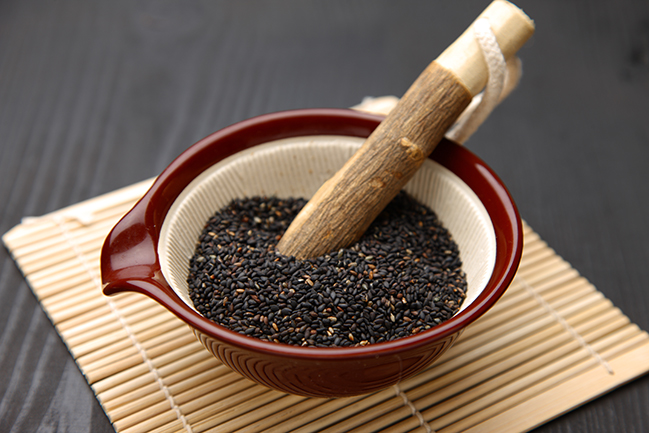
You may already have one of these in your western kitchen, but if not, it’s time to invest. A mortar and pestle can be used to pound ingredients such as sesame seeds and tofu, grinding to create a fine texture.
Omelette pan (Tamagoyaki pan)
This rectangular pan is used when roll-frying Japanese omelette, otherwise known as tamagoyaki. Once the egg has set just a little, gently roll into a log. Continue the process to make layers. Tamagoyaki is typically eaten in the morning or as part of a bento box.
Rice cooker (suihanki)
This table-top rice cooker boils rice at the table and keeps steamed rice warm for hours.
Rice paddle (shamoji)
A rice paddle is used to stir and serve rice. Look for one that has scaly curves on the surface, as this will prevent the rice from sticking.
Skewers
Yakitori refers to skewered food and it’s popular in Japan. Yakitori skewers are generally shorter than the skewers often found in Western kitchens.
Wasabi grater
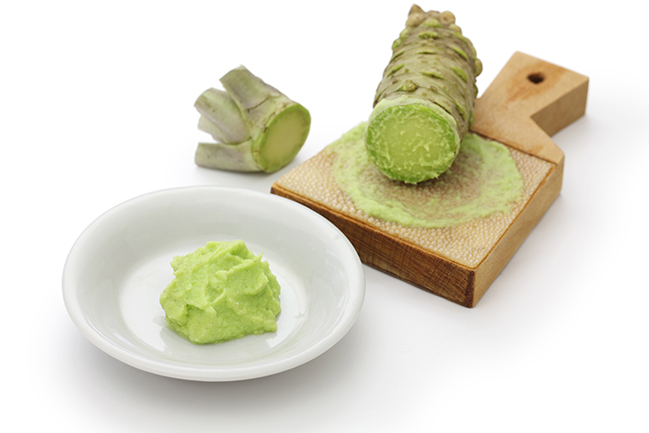
A traditional wasabi grater is made from shark skin, which is highly abrasive against fresh wasabi root. Today, many graters are aluminium.
Wooden drop lid (Otoshi-buta)
For simmering delicate food like fish, a wooden drop lid works like a charm. Made of thick pieces of wood with a handle across the top, they keep the content of the pot evenly distributed in the simmering liquid, while allowing heat to escape. Soak in water for a few minutes before use to prevent the scent of the simmering liquid from lingering.



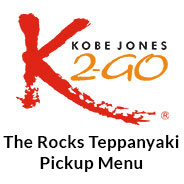
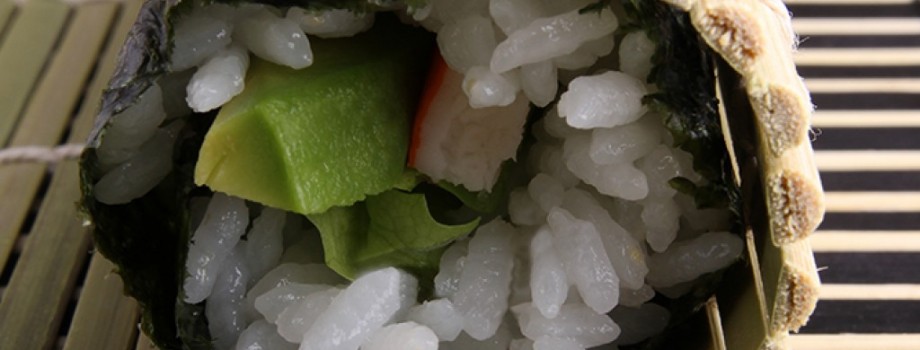

 (3 votes, average: 4.67 out of 5)
(3 votes, average: 4.67 out of 5)